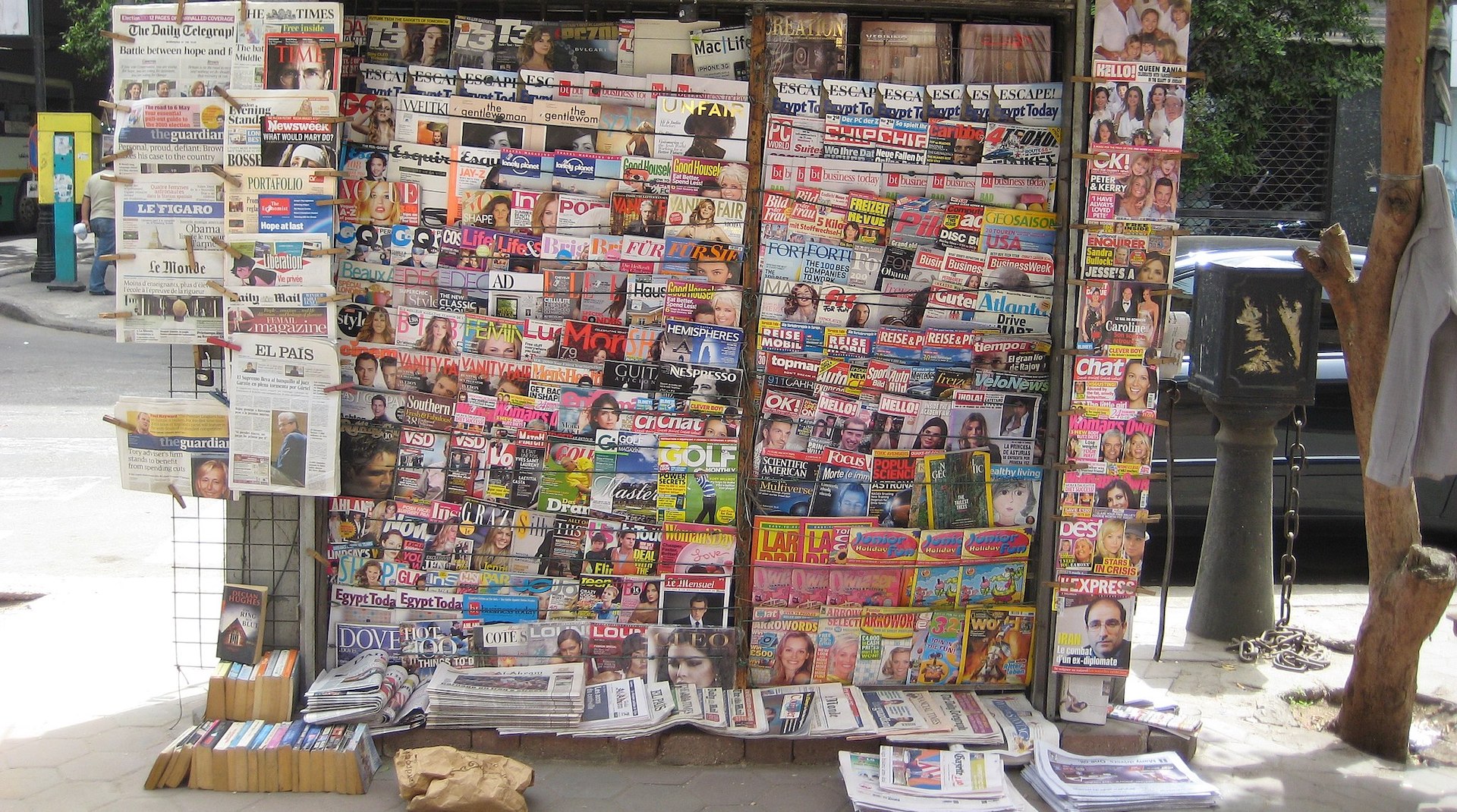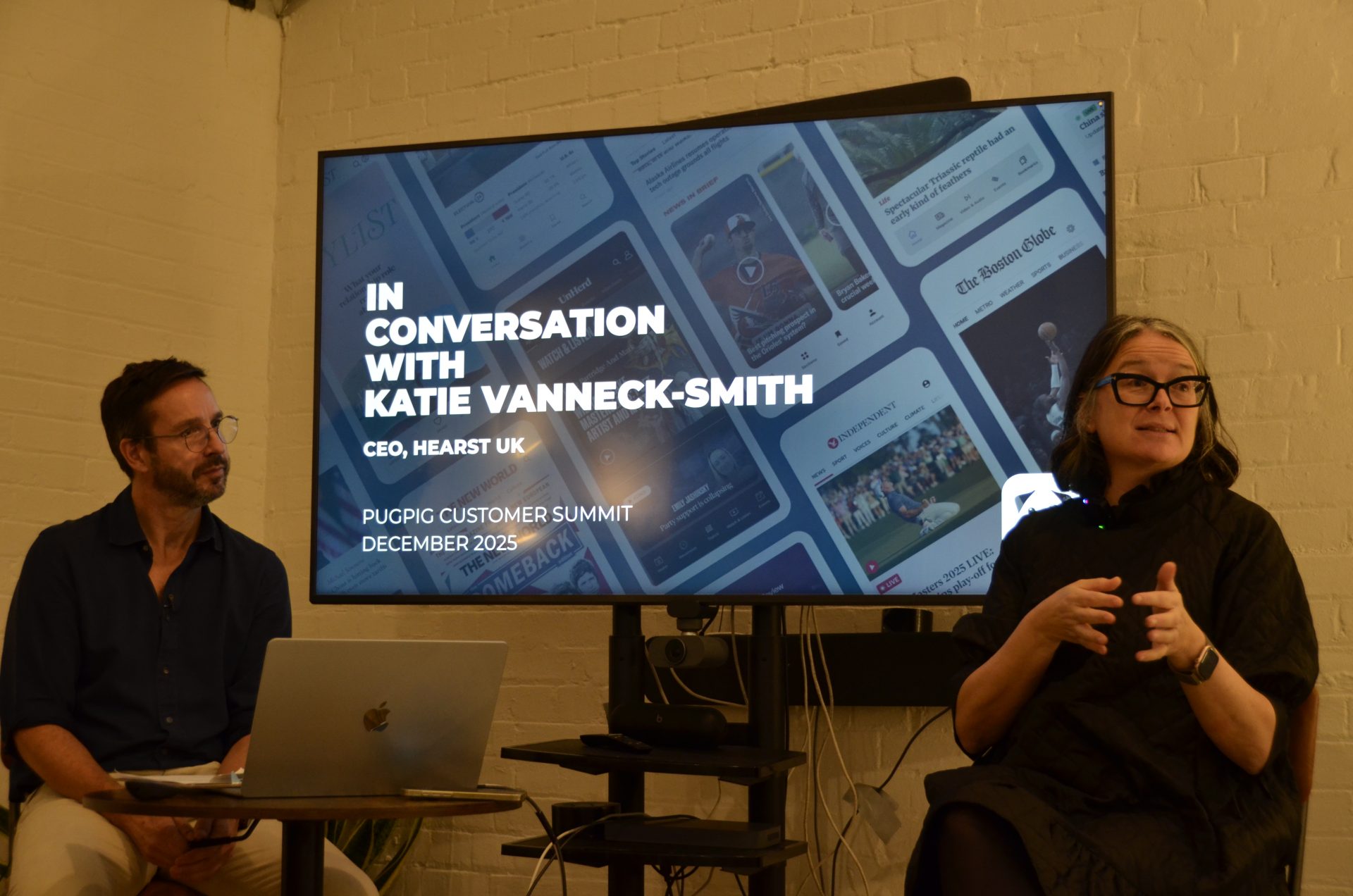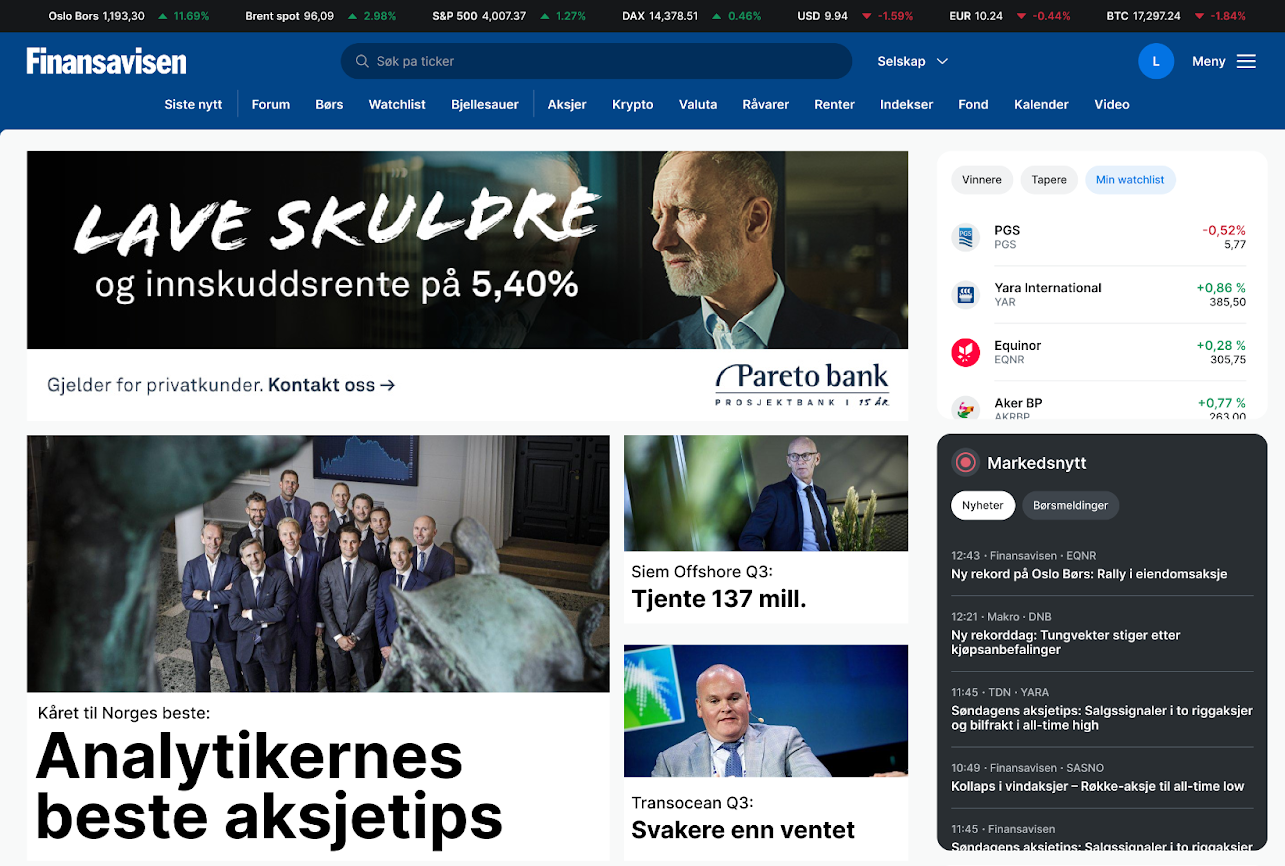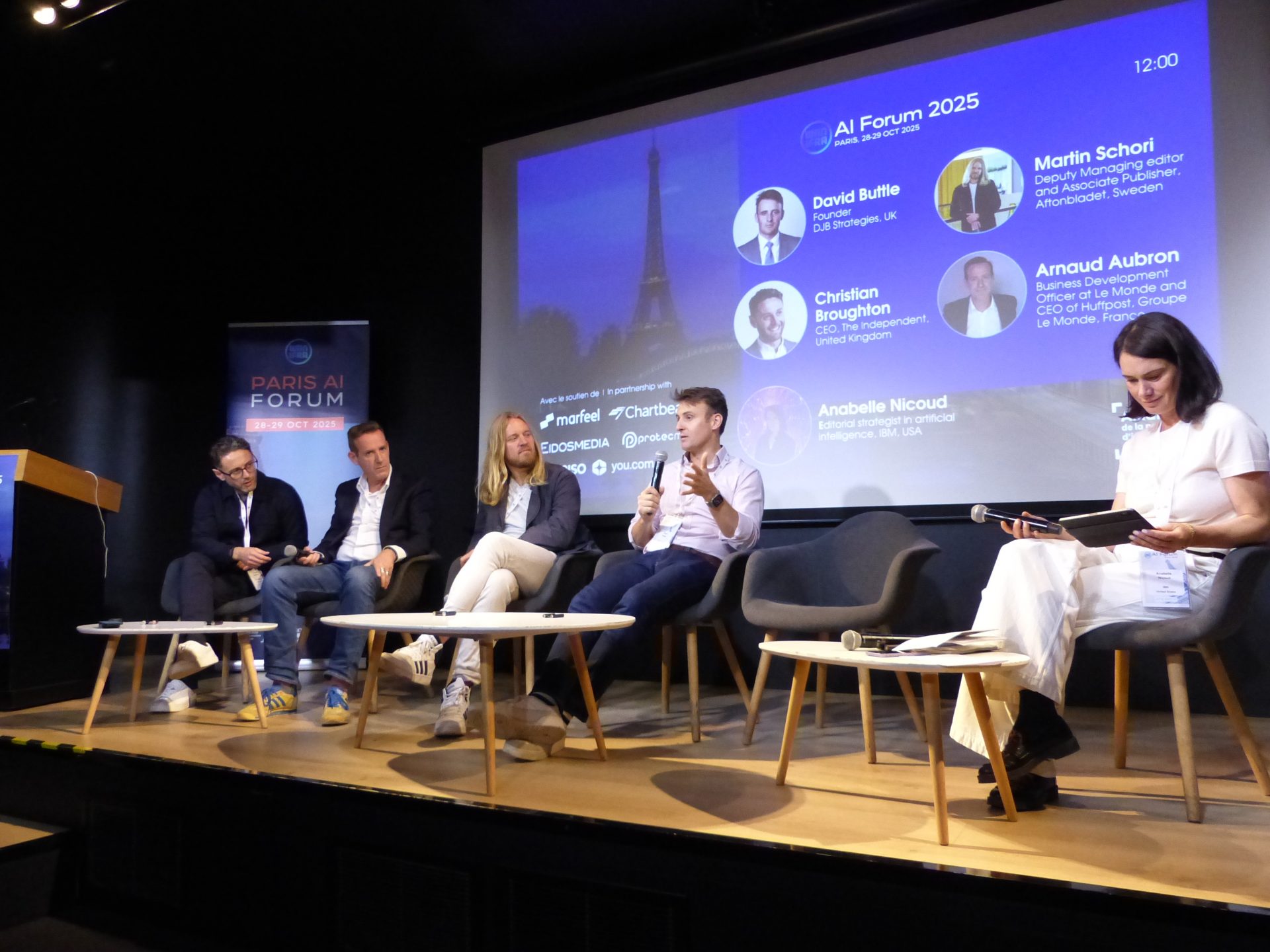
Newsletter
Newsletter
Data shows that it’s more difficult to convert mobile users to members or subscribers. We explain how and why it’s worth the effort.
8th September 2023

In the Pugpig weekly media bulletin, Pugpig’s consulting services director Kevin Anderson and digital growth consultant James Kember distill some of the best strategies and tactics that are driving growth in audiences, revenue and innovation at media businesses around the world.
We have helped our customers increase engagement and downloads by integrating their apps into their onboarding experience, through the smart use of push notifications and by using analytics-driven improvements to their content strategy. If you want to talk about how we can help you, please email us at info@pugpig.com.
By Kevin
Data from Piano shows that users are 50% more likely to abandon a registration or subscription journey on mobile than they are on desktop. Subscription and membership management provider Poool found that while one publisher had 78.2% of its users on mobile 74.2% of its conversions were on desktop. How can publishers move the dial and convince more of those users on mobile to become members, subscribers and app users?
Madeleine White, the editor-in-chief of Poool’s The Audiencers, has offered up a number of outstanding bits of advice backed by case studies in a review of publisher’s mobile paywalls and in an earlier piece about optimising mobile conversion journeys. In today’s Media Bulletin, we’d like to summarise her insights and add our own pieces of advice based on our experience at Pugpig Consulting of helping customers increase app engagement and downloads.
It shouldn’t be a surprise that it is easier to convert a desktop user than a mobile user because:
The irony is that once you convert mobile users to become app subscribers, they are highly engaged. Based on the latest data aggregated across Pugpig apps, app users read an average of 28 articles in a week and have an average session duration of 13 minutes. As Madeleine says, “apps play an important role in a publisher’s digital strategy.”
To convince more mobile users to download your app, you first need to increase engagement with lightly connected mobile users, and there are a number of tools and techniques to increase your share of attention with mobile users. While publishing feels as it if is in state of flux, we believe that we have entered a new phase in digital publishing: the Push Era. For many forward-looking publishers, it actually began several years, but it stands in contrast to the Platform Era. In the Platform Era, as we have discussed, some digital publishers became dependent on search and social media to drive traffic, which they often mistook for engagement. In the Push Era, publishers are developing a direct relationship with their audiences through a suite of tools that include newsletters, podcasts and push notifications via apps. Content is pushed to audiences using these tools rather than distributed through platforms they don’t control, which allows publishers to connect with users directly multiple times a day. Newsletters and podcasts can help build the habit and loyalty necessary to turn a casual user into an engaged user and eventually a subscriber. This can establish the habits that can also convert a user into a highly engaged app user.
Newsletters are part of what Madeleine calls ‘soft conversion’. One technique for encouraging signup is via a wall which asks users to sign up to your newsletter in exchange for access to content. “This gives the user the chance to read your article for free, but also increases their frequency of visits to your site and helps to form a content consumption habit,” she said. Poool, the membership and subscription service that Madeleine works for, allows for audience segmentation by device, allowing for different engagement journeys that might be more appropriate for mobile users.
Of course, a more commonly used form of soft conversion is registration. You can entice users to register with a limited amount of free content or in return for features including personalisation. And soft conversion opens up a range of revenue opportunities for publishers, including higher-yield advertising or marketing other products to them such s events.
Of course, paywalls need to be adapted for the context of mobile users. Here are a few of Madeleine’s suggestions:
In short, reduce the friction in the registration or subscription process.
However, in a review of publishers’ mobile paywalls, Madeleine makes two more excellent points: Pricing and the proposition are important. Free or reduced price trial periods allow users to try before they make a commitment to buy. It’s a pretty common feature of subscription offers. But in the app world there are other ways to play with pricing. At the recent Press Gazette Future of Media Technology awards, the Financial Times won best app for FT Edit. This is a curated selection of stories, fewer stories at a lower price that again serves the goal of building habit with audiences.
Discounted offers or taster apps like the Economist Espresso or FT Edit are opportunities to engage younger audiences who are often more price sensitive. It reminded us about a project in the US in which summer interns at the Star-Tribune in Minnesota were asked how the newspaper might engage people their age. From a product standpoint, the ideas are tailor made for the Push Era: Mobile-first design, a morning push-notification summarising the day’s top news and a newsletter focused on entertainment and things to do for young professionals. However, they also suggested a “tiered pricing system for college students and young professionals that better matches their income”.
And nothing is a substitute for selling the app as a good proposition. Pugpig Consulting can help with A/B testing different calls to action to find the right balance between messaging around price of the subscription and the value of the content.
The bottom line is that as digital media use has become more mobile, publishers will need to adapt their conversion efforts for this context. However, with the increasing sophistication of conversion journeys and solutions, publishers have more options than ever to win more attention and revenue from mobile users. And the rewards of converting these mobile users into members, subscribers and app users will deliver the direct relationships critical for publishers’ success today and tomorrow.
Here are some of the most important headlines about the business of news and publishing as well as strategies and tactics in product management, analytics and audience engagement.

Newsletter

Newsletter

Newsletter

Newsletter

Newsletter